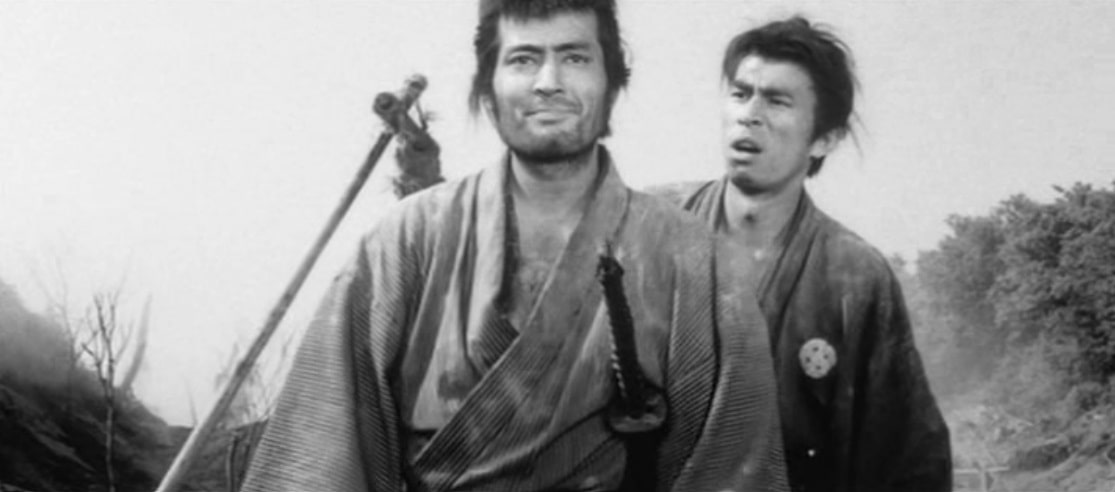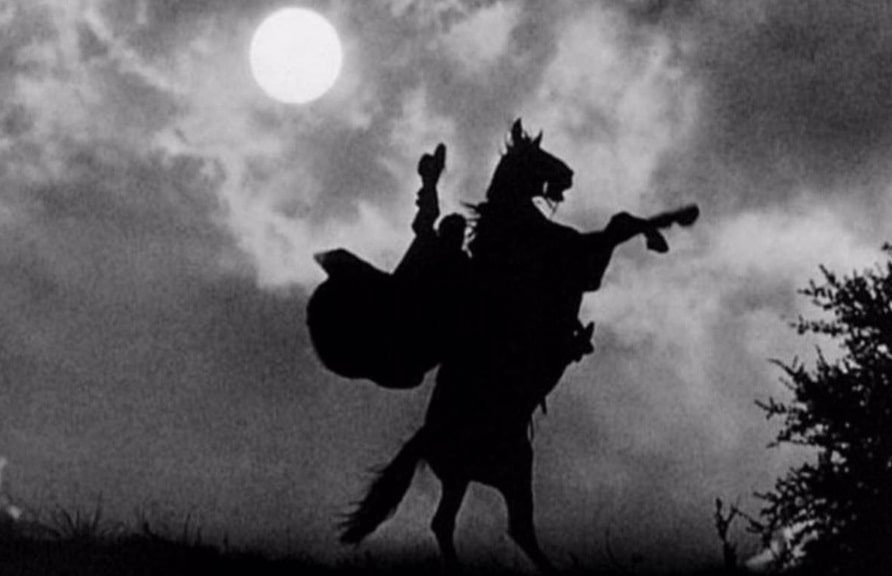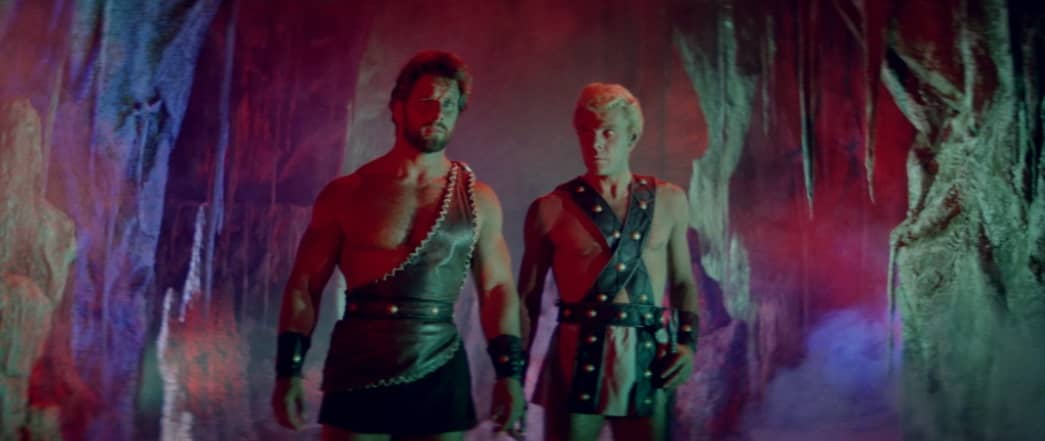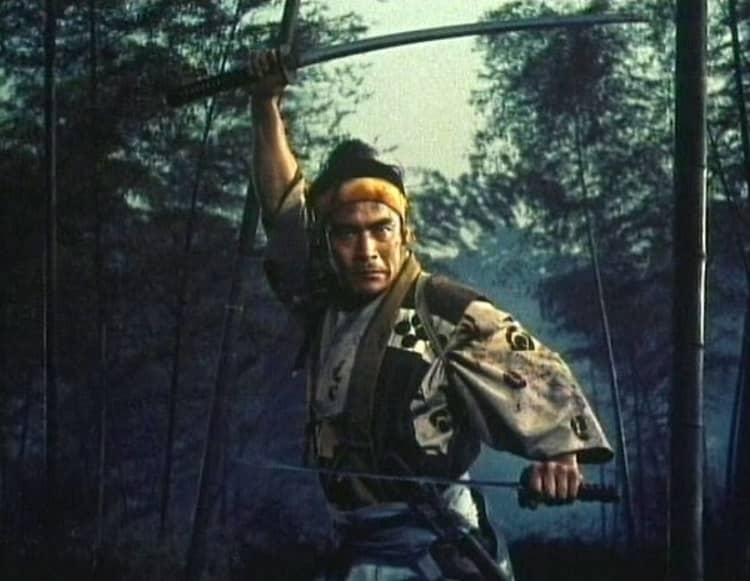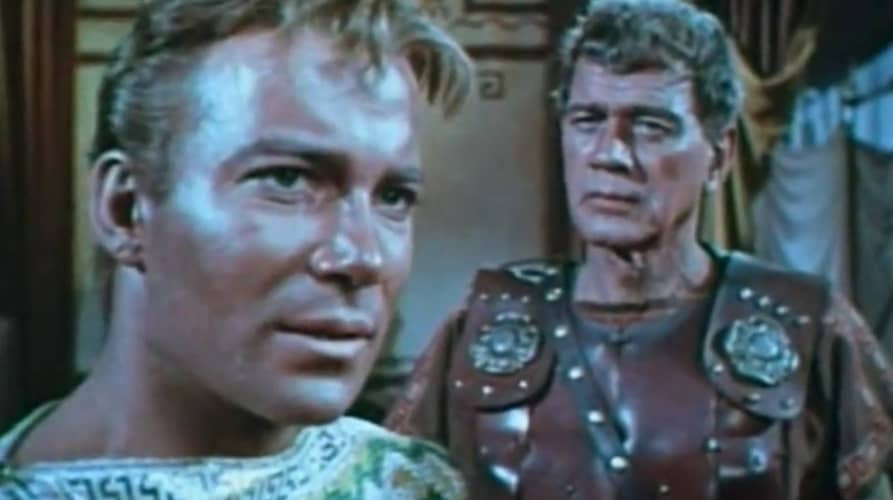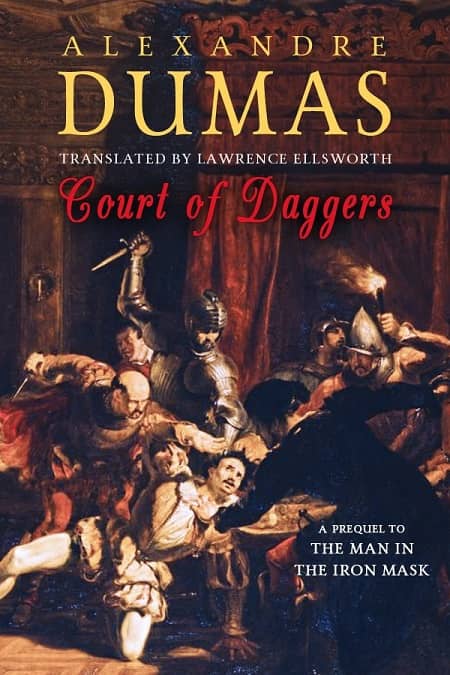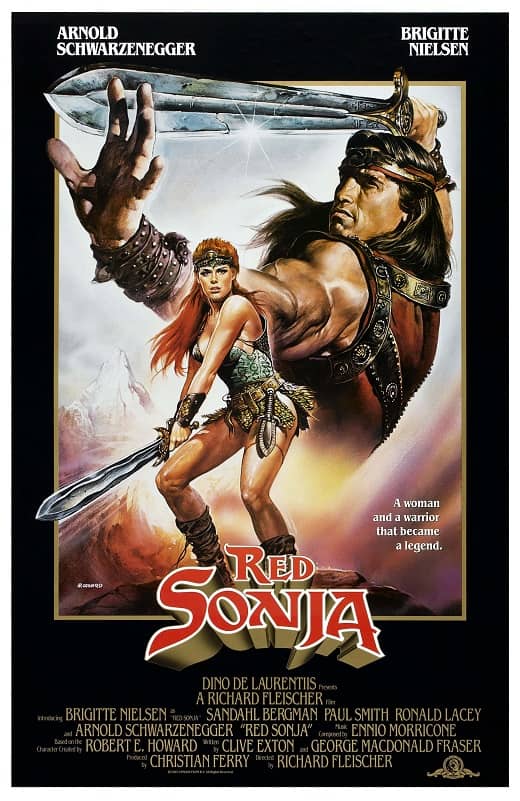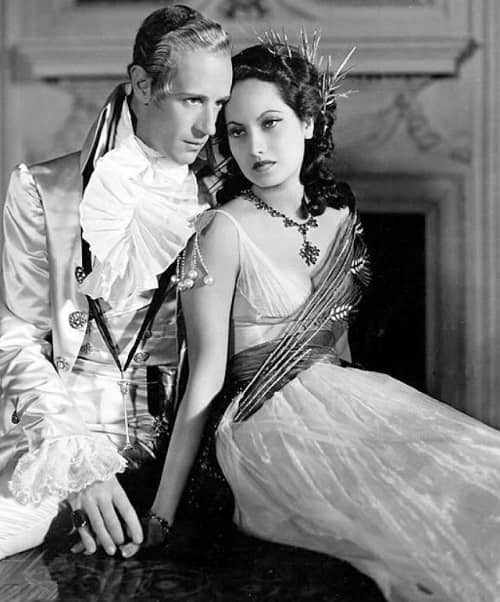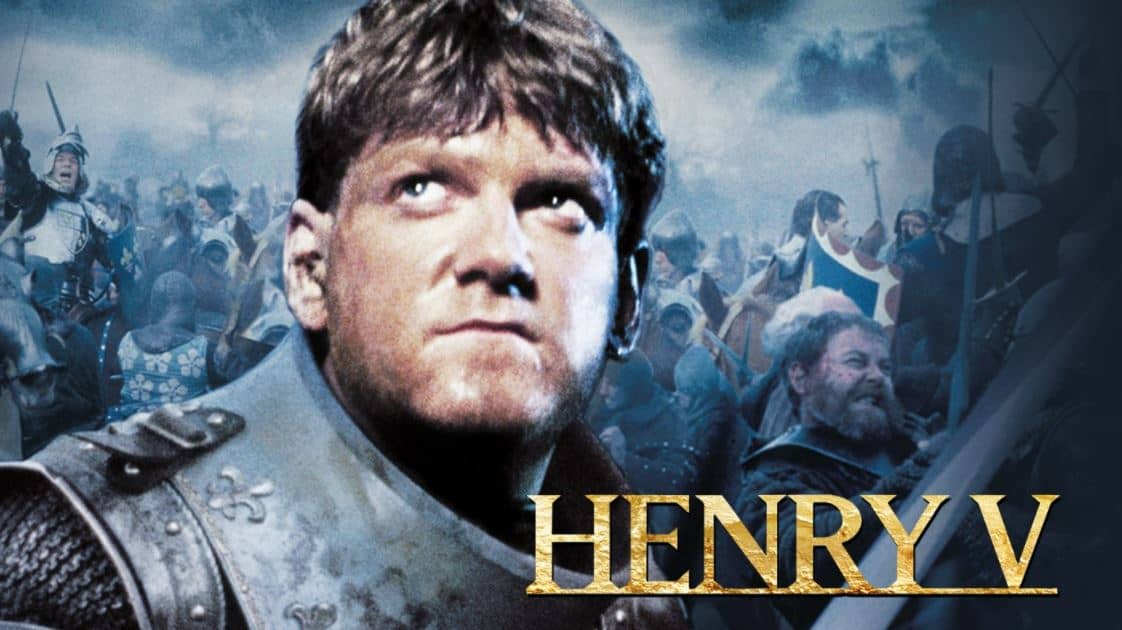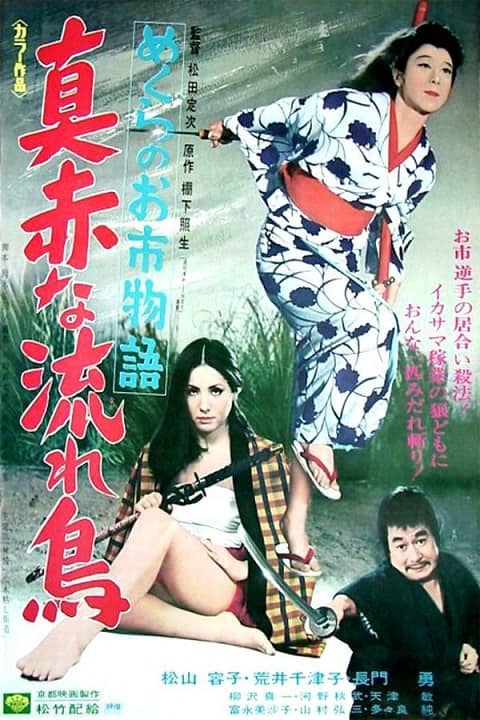Ellsworth’s Cinema of Swords: Laugh, Samurai, Laugh
Warring Clans (Japan, 1963)
In the Fifties and Sixties, samurai adventures occupied roughly the same entertainment niche in Japan as Westerns in the USA. Just as there were comedy Westerns, there were funny chambara films — though based on the movies that actually made it to Europe and the States, you might not know it, as the samurai films that got overseas distribution were mostly as serious as a hanging. However, tragedy tomorrow, comedy tonight: this week we’re taking a look at three of the best humorous chambara films. They tend more toward sly parody than slapstick, so don’t expect Mel Brooks. But count on it: they still feature plenty of swordplay.
